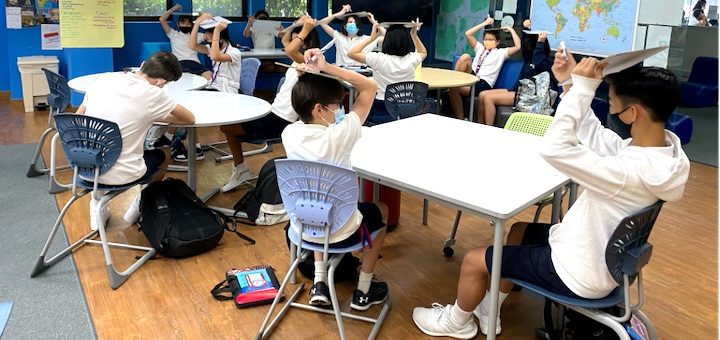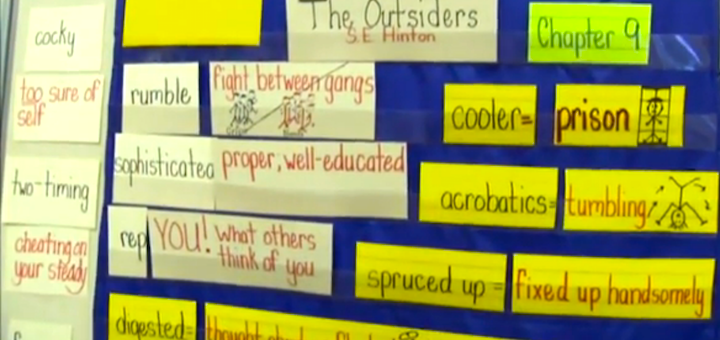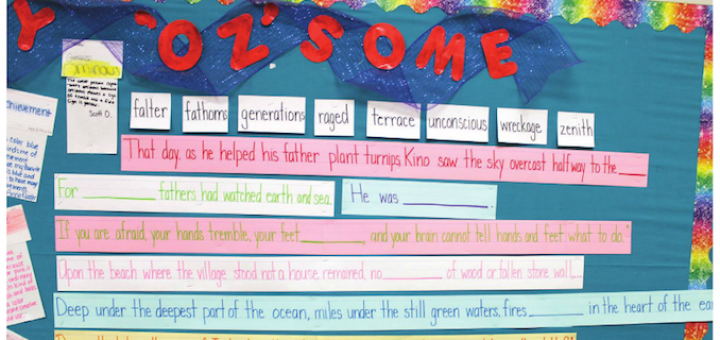Tagged: vocabulary instruction
How can teachers be more intentional about teaching vocabulary words given the limited instructional time available? Megan Kelly shares ways she has begun to add more vocabulary instruction into small pockets of class time using focus words, drawing, GIFs, and Spot It cards.
What’s one of the best things a school day can offer? Exposure to newly learned words – provided that exposure is in context, well-timed, multisensory, and question-based. Literacy expert Amy Benjamin suggests five ways to achieve these “durable learning” goals.
Vocabulary knowledge is the heart of reading comprehension and academic achievement, says literacy consultant Brenda Overturf, “and it means way more than just learning words.” Students must have the tools to decipher unknown academic words. She shares three of the best.
Students can learn difficult vocabulary when they are immersed in a rich array of words, says reading expert Janet Allen. In this excerpt from her new book of vocabulary teaching tools, Allen describes ways to create a word-rich environment. Includes reproducibles.
Karen Bromley guides educators to “The Next Step in Vocabulary Instruction” by uncovering the “why” of teaching vocabulary and its role in comprehension and fluency. Reviewer Linda Biondi highly recommends the book’s extensive strategies and activities.
No matter how long or in what content area you have been helping students learn vocabulary words, reviewer Anne Anderson expects you will find Mariliee Sprenger’s Vocab Rehab a whole lot of help packed into a tightly focused book.
In addition to its comprehensive, CCSS-friendly approach to integrating vocabulary lessons into literacy curriculum, Word Nerds: Teaching All Students to Learn and Love Vocabulary is also fun for students, says reviewer Linda Biondi.




















